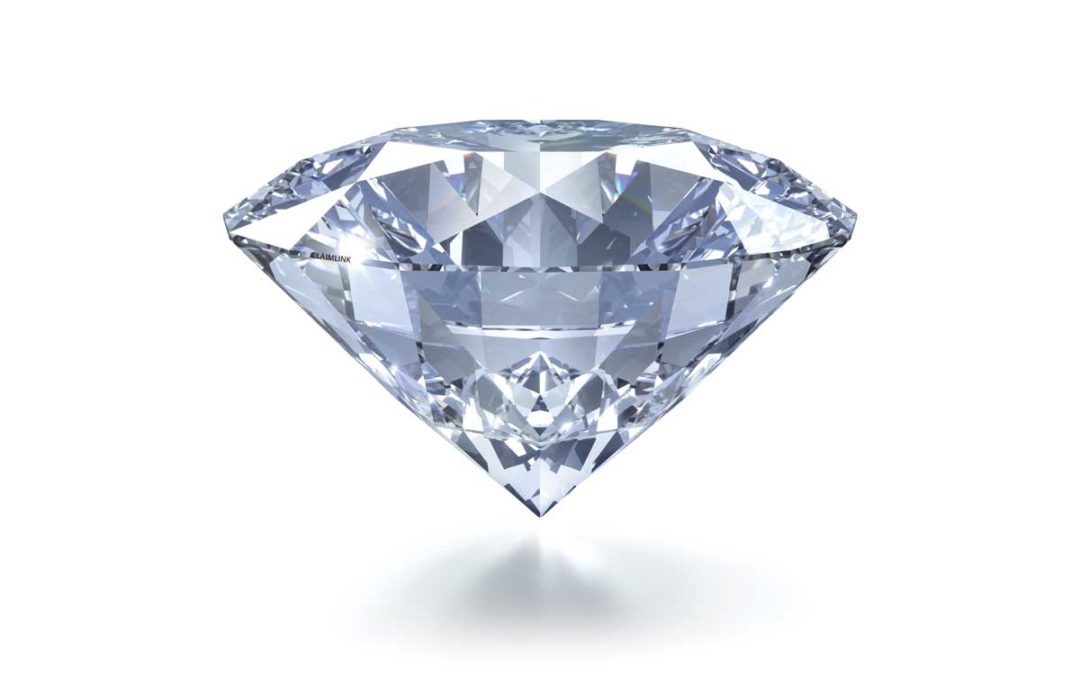electing a diamond for your engagement ring is a big decision. It is a significant emotional and financial undertaking, and you want to get it right. Unfortunately, understanding diamonds takes a lot of specialized knowledge that most people don’t have. And, to add to your dilemma, you must now decide between a natural mined diamond or a lab-grown diamond.
Diamonds By Definition
- Natural Mined Diamond
Created one to three billion years ago, more than 100 miles below earth’s surface, diamonds are made of pure carbon and are the hardest natural mineral on earth. The word diamond alone always means a natural mined diamond.
- Lab-Grown Diamond
Lab-grown diamonds are created through an industrial process as opposed to the geological process that creates natural mined diamonds. Lab-grown diamonds are made in a controlled lab environment using cutting-edge technology. They have the same chemical, physical, and optical properties as natural mined diamonds, with the only difference being their point of origin. Similar to their natural counterparts, lab-grown diamonds are evaluated with the 4 C’s: color, clarity, cut, and carat weight. You can also find lab-grown diamonds in the same shapes – including princess, round brilliant, and emerald – as natural mined diamonds.
- Diamond Simulant
Common simulants include glass, or cubic zirconia. These substances mimic the sparkle of diamond jewelry, but ARE NOT diamonds.
Are They Real?
The number one question we get is “Are lab-grown diamonds real diamonds?” The answer is a very simple YES.
Sometimes, lab-created diamonds are referred to as synthetic diamonds. While not technically inaccurate, the term “synthetic” may be the reason people believe lab-created diamonds are “fake.”
Lab-grown diamonds are, in fact, the real deal. They are also less expensive. Lab-created yellow diamonds range in price from $3,000 to $5,000 per carat. Natural mined yellow diamonds can cost anywhere from $10,000 to $50,000.
“[Lab-grown diamonds] are not fakes. They’re not cubic zirconias. They have all the same physical and chemical properties of a mined diamond.” Said StephenMorisseau, a spokesman for the Gemological Institute of America, a nonprofit organization that oversees the international diamond-grading system.
 The benefits of lab-grown diamonds.
The benefits of lab-grown diamonds.
- The first and most-often-cited benefit of lab-grown diamonds is their environmental sustainability. It is generally accepted that it takes considerably less energy to grow a diamond in a lab than it does to dig it out of the ground. There is also no need to displace many tons of earth to create a lab-grown diamond.
- The price is another big benefit of lab-grown diamonds. With current technology, the price of a lab-grown diamond is fairly comparable to natural mined diamonds. However, you can still save 30-40% with a lab-grown over a natural in most cases.
- Lab-grown diamonds are new and exciting. Even though man-made diamonds have been around for decades, we have only recently begun to see them reach a level of quality and size that is comparable with natural mined diamonds. Owning one can make you something of a trendsetter.
Why not buy a lab-grown diamond?
- Once a diamond has been mined and cut, it can pass from generation to generation, diffusing the environmental impact of mining more diamonds significantly. This isn’t really a con of lab-grown diamonds, but it is something to think about before you decide that buying a lab-grown diamond will save the planet.
- Many people might not understand what a lab-grown diamond is. Of course, you don’t have to tell anyone you bought a lab-grown diamond (and even experienced gemologists aren’t able to tell the difference). But, due to the misinformation we talked about earlier, most people don’t know what a lab-grown diamond is and might think you were cheap and bought a cubic zirconia or a fake diamond instead of the real thing.
- Just as lab-grown diamonds support more advanced economies, they also take jobs away from developing economies. When run responsibly, a diamond mine is a huge benefit to the economy of the host country. Often times, these countries are impoverished, and the jobs and income that the mine brings can help elevate many people out of poverty.
- Lab-grown diamonds are not one-of-a-kind in the same way that natural mined diamonds are. Each mined natural mined diamond is unique (just like no two snowflakes are alike). Lab-grown diamonds, on the other hand, are mass-produced in diamond factories. The mystery or glamour of the diamond may feel lost because of this.
- You lose something of the magic, the sense of awe, the “it factor” that comes with a natural mined diamond. This one may seem silly to some, but there is something special about knowing your diamond has a rich history and tradition behind it, having spent millions of years under pressure, being refined by processes of the earth before it was discovered. Some of the romance is lost when you compare this to the sterile environment of a modern lab.
Professional gemologists and your local jeweler are key to helping you sort all this out and make the best decision for you.

